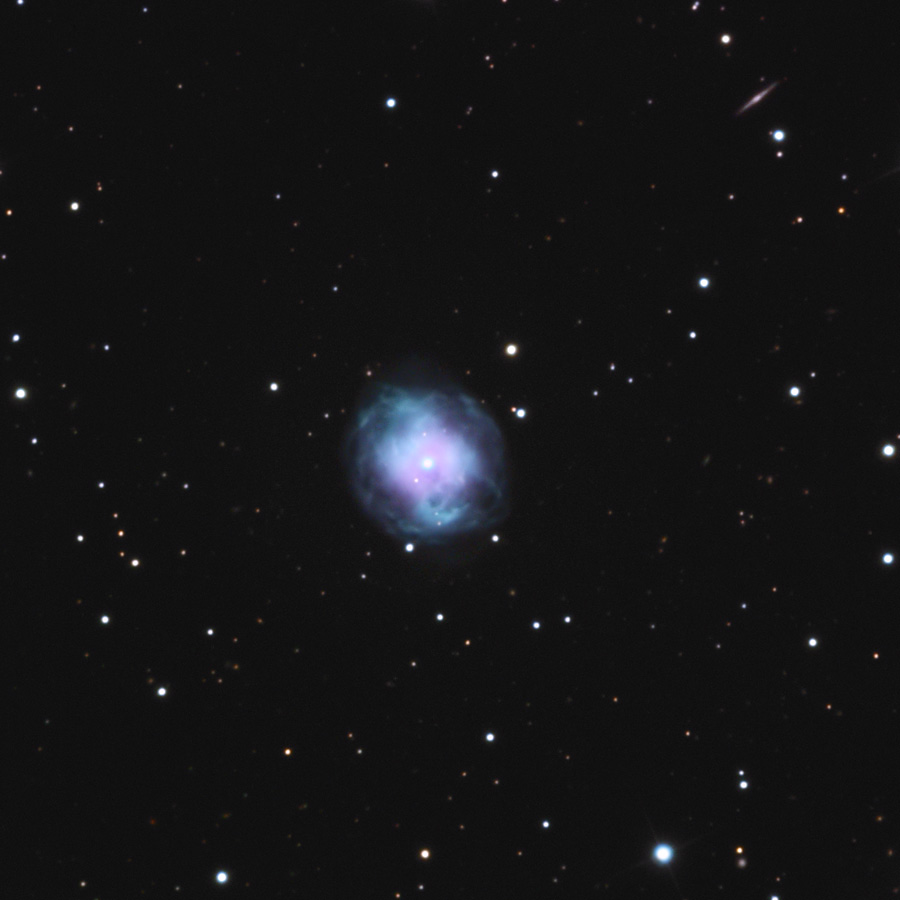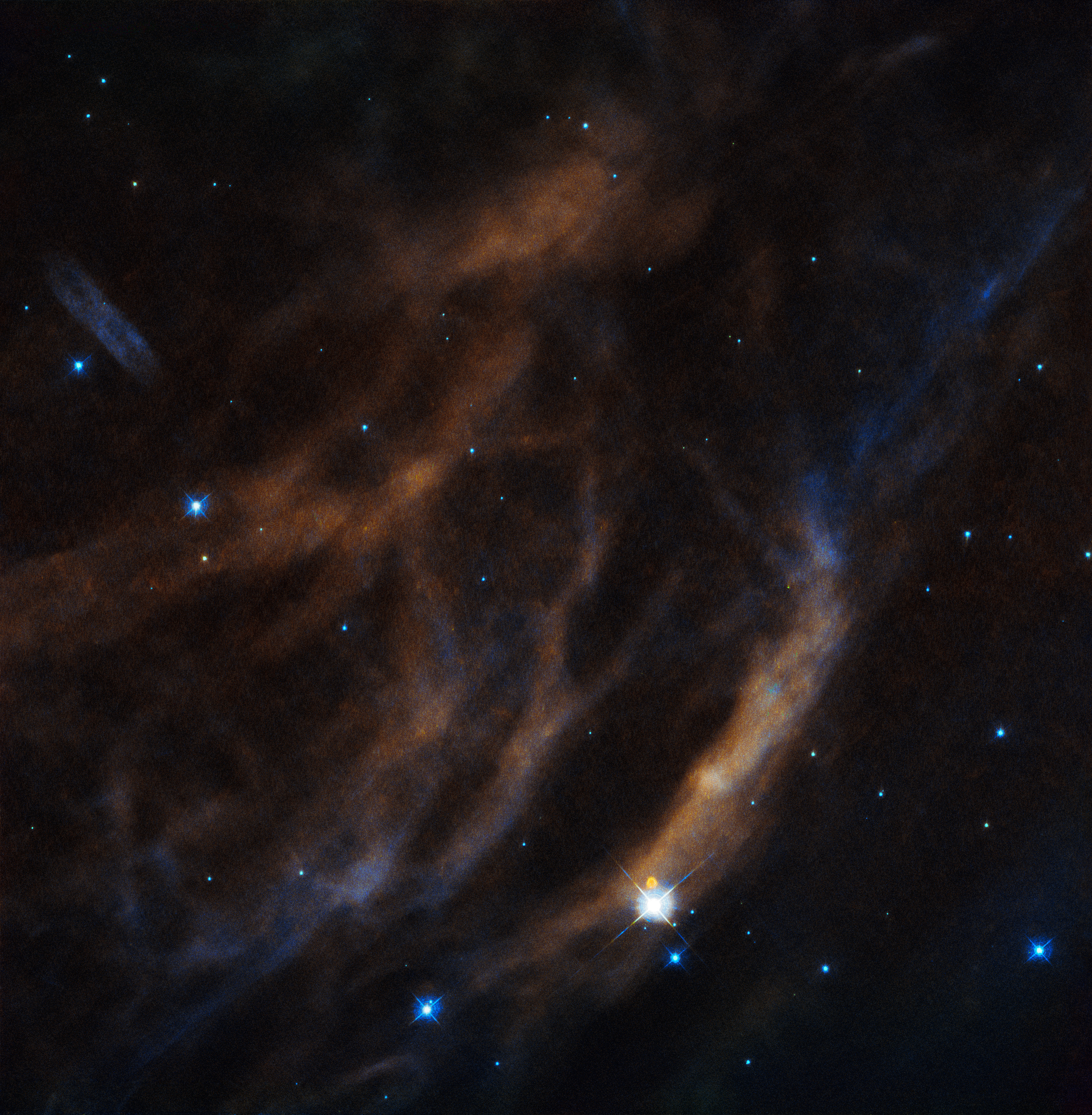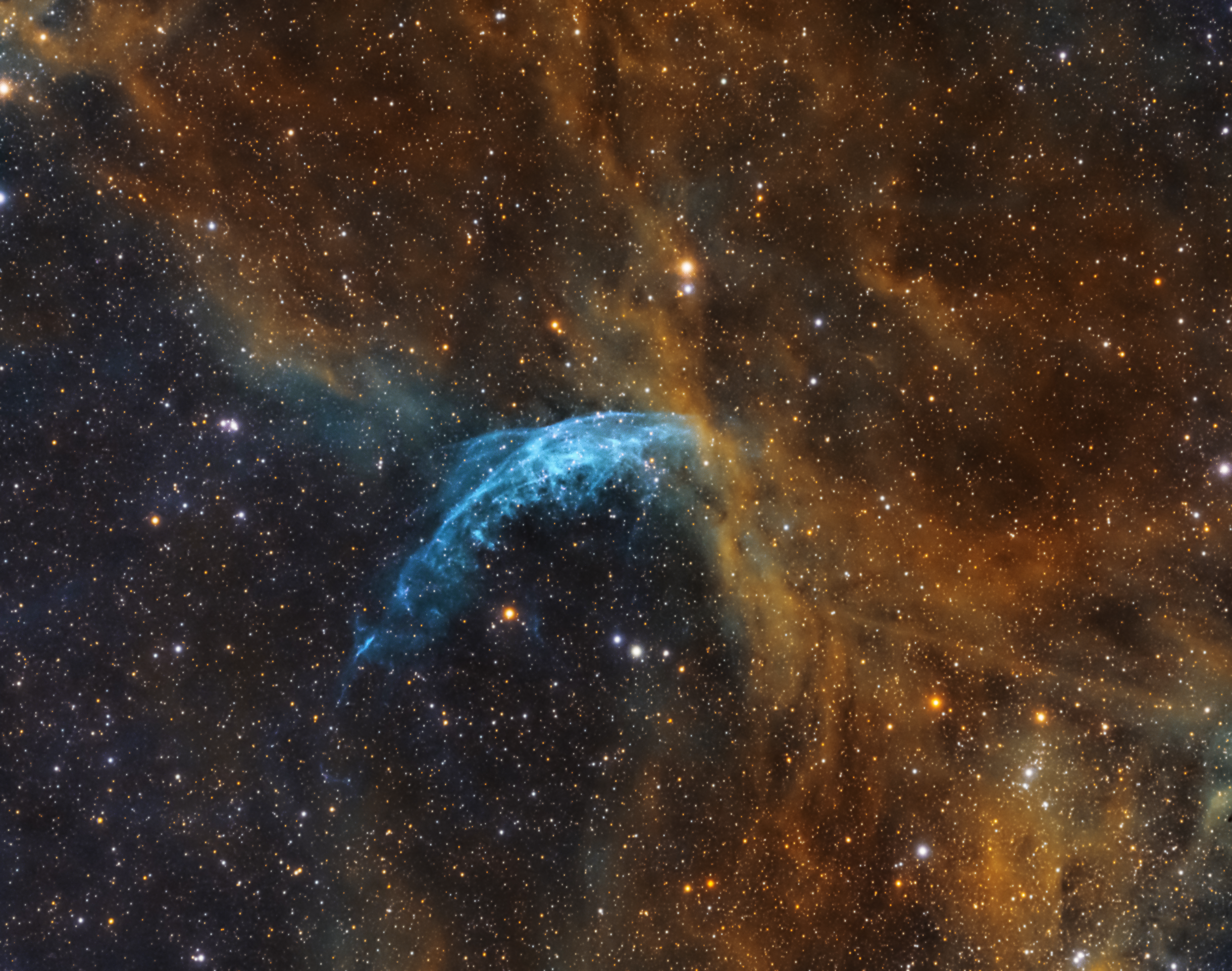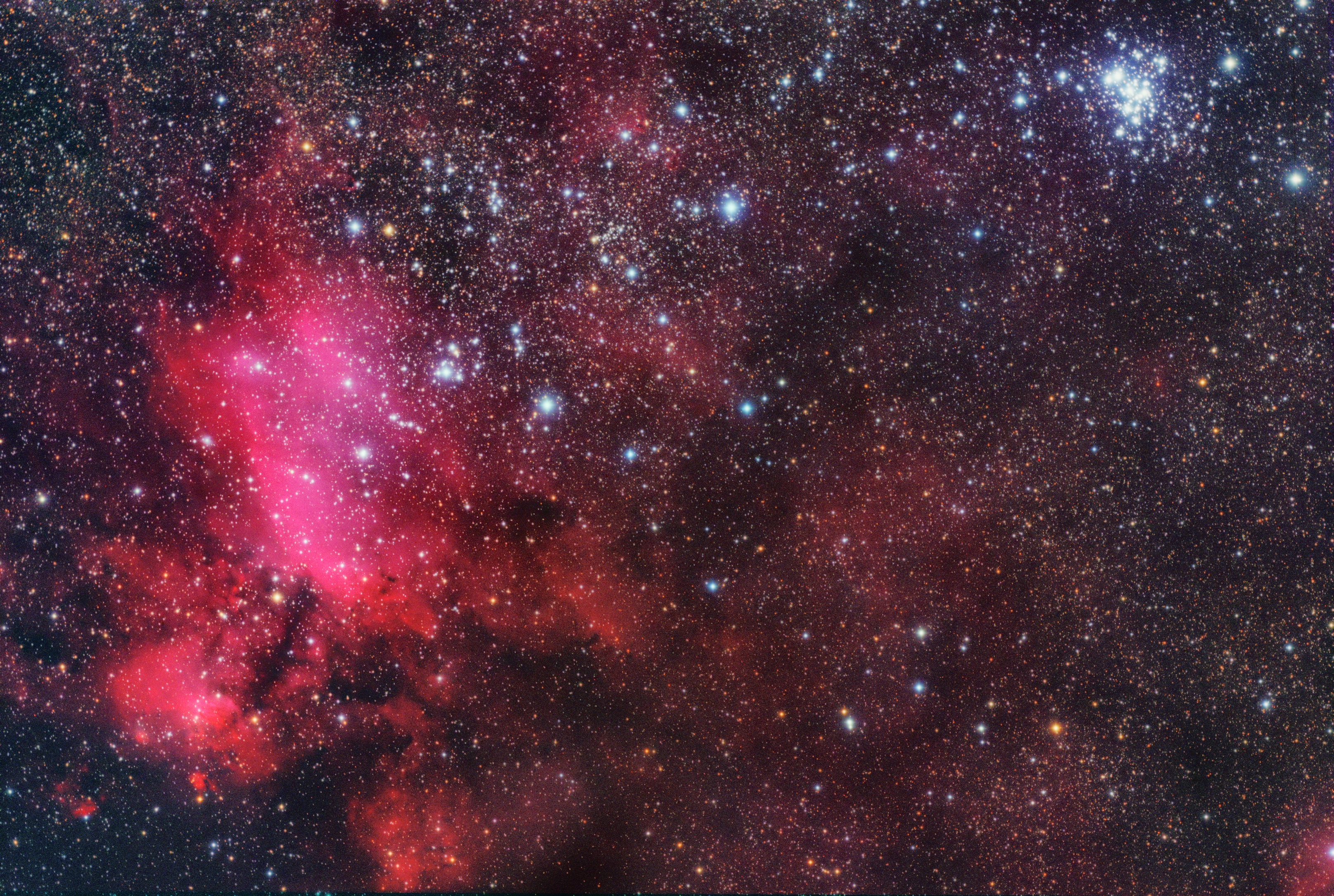|
List Of Wolf-Rayet Stars
This is a list of Wolf-Rayet stars, in order of their distance from Earth. List Milky Way Galaxy Magellanic Clouds The Large Magellanic Cloud (LMC) is around 163 kly distant and the Small Magellanic Cloud (SMC) is around 204 kly distant. Andromeda Galaxy and Triangulum Galaxy The Andromeda Galaxy (M31) is 2.5 Mly distant and the Triangulum Galaxy is around 3.2 Mly distant Other Galaxies See also * List of luminous blue variable stars * List of O-type stars References {{DEFAULTSORT:Star systems within 100-150 light-years Wolf–Rayet stars, * Lists by distance ... [...More Info...] [...Related Items...] OR: [Wikipedia] [Google] [Baidu] |
EZ Canis Majoris
EZ Canis Majoris (abbreviated to EZ CMa, also designated as WR 6) is binary system in the constellation of Canis Major. The primary is a Wolf-Rayet star and it is one of the ten brightest Wolf-Rayet stars, brighter than apparent magnitude 7. Binary system L. W. Ross announced his discovery that the star's brightness varies, in 1961. EZ CMa has an apparent visual magnitude which varies between 6.71 and 6.95 over a period of 3.766 days, along with changes in the Astronomical spectroscopy, spectrum. It has been proposed that it could be a binary star, with a neutron star as companion that would complete an orbit around the Wolf-Rayet with that period, being the cause of those variations. The General Catalogue of Variable Stars lists it as a possible cataclysmic variable on this basis. It has been argued that the companion does not exist and spectral variations are caused by activity on the star's surface. Observations of the light variations over a four-mo ... [...More Info...] [...Related Items...] OR: [Wikipedia] [Google] [Baidu] |
WR 25
WR 25 (HD 93162) is a binary star system in the turbulent star-forming region of the Carina Nebula, about 6,800 light-years from Earth. It contains a Wolf-Rayet star and a hot luminous companion and is a member of the Trumpler 16 cluster. The name comes from the Catalogue of Galactic Wolf–Rayet Stars. Spectrum WR 25 was recognised as a Wolf–Rayet star in the 19th century, because of its brightness and a spectrum dominated by broad emission lines. The spectrum contains lines of hydrogen and is intermediate between a classical WN (Wolf-Rayet) star and an O-type supergiant. This led to early reports that it was a binary, for example a WN7 star plus an O7 star. It has also been described as WN7 + abs (meaning a Wolf-Rayet star with absorption lines of unknown origin) and WN6ha. With the introduction of specific classifications for hot slash stars, WR 25 was assigned the spectral type O2.5If*/WN6. This recognises the presence of nitrogen, the intrinsic weakness of ... [...More Info...] [...Related Items...] OR: [Wikipedia] [Google] [Baidu] |
WR 133
WR 133 is a visually moderately bright Wolf-Rayet star. It is a spectroscopic binary system containing a Wolf-Rayet primary and a class O supergiant secondary. It is in the constellation of Cygnus, lying in the sky at the centre of the triangle formed by β and γ Cygni, near η Cygni. It is the brightest member of the sparse open cluster NGC 6871. WR 133 is one of the brightest Wolf Rayet (WR) stars in the northern hemisphere, slightly brighter than WR 140 which also in Cygnus. The WR star is typically identified as the primary, being more luminous, and dominating the spectrum. However, the supergiant secondary is more massive and visually brighter. The primary star is a WN5 nitrogen-rich WR star and the secondary has a spectral type of O9I. The orbit is moderately eccentric and has a period of , which has been determined from the velocity variations observed with the component's spectral lines, mostly from the He emission lines at for the WR primary, and h ... [...More Info...] [...Related Items...] OR: [Wikipedia] [Google] [Baidu] |
WR 135
WR 135 is a variable Wolf-Rayet star located around 6,000 light years away from Earth in the constellation of Cygnus, surrounded by a faint bubble nebula blown by the intense radiation and fast wind from the star. It is just over four times the radius of the sun, but due to a temperature of 63,000 K it is 250,000 times as luminous as the sun. WR 135, together with WR 134 and WR 137, was one of three stars in Cygnus observed in 1867 to have unusual spectra consisting of intense emission lines rather than the more normal continuum and absorption lines. These were the first members of the class of stars that came to be called Wolf-Rayet stars (WR stars) after Charles Wolf and Georges Rayet Georges-Antoine-Pons Rayet (12 December 1839 – 14 June 1906) was a French astronomer. He was born in Bordeaux, France. He began working at the Paris Observatory in 1863. He worked on meteorology in addition to astronomy. He specialized ... who discovered their unusual a ... [...More Info...] [...Related Items...] OR: [Wikipedia] [Google] [Baidu] |
WR 134
WR 134 is a variable Wolf-Rayet star located around 6,000 light years away from Earth in the constellation of Cygnus, surrounded by a faint bubble nebula blown by the intense radiation and fast wind from the star. It is five times the radius of the sun, but due to a temperature over it is 400,000 times as luminous as the Sun. WR 134 was one of three stars in Cygnus observed in 1867 to have unusual spectra consisting of intense emission lines rather than the more normal continuum and absorption lines. These were the first members of the class of stars that came to be called Wolf-Rayet stars (WR stars) after Charles Wolf and Georges Rayet who discovered their unusual appearance. It is a member of the nitrogen sequence of WR stars, while the other two ( WR 135 and WR 137) are both members of the carbon sequence that also have OB companions. WR 134 has a spectrum with NIII and NIV emission between two and five times stronger than NV, leading to the assignment of a ... [...More Info...] [...Related Items...] OR: [Wikipedia] [Google] [Baidu] |
WR 93
WR may refer to: Arts and media * '' W.R.: Mysteries of the Organism'', a 1971 Serbian film * '' League of Legends: Wild Rift'', a 2020 mobile game by Riot Games * ''War Robots'', a 2014 mobile game by Pixonic * Wikipedia Review, an Internet forum * Wiltshire Radio, an English radio station (1982–2019; later ''Heart Wiltshire'') Language * ⟨wr⟩, a digraph in English People * William Rex (royal cypher: WR): ** William IV (1765–1837), of the United Kingdom and Hanover **William III of England (1650–1702) *Willie Revillame (born 1961), Filipino television host Science, technology and mathematics * Band 3, a protein (HGNC code: WR) * Wasserman reaction, an antibody test for syphilis * Water Resistant mark, stamped on wrist watches * Wolf-Rayet star, in astronomy * Wolf-Rayet galaxy, in astronomy * Wreath product, in group theory Sport * Welter Racing, a French racecar design team * Wide receiver, a position in gridiron football * Williams Racing, British Formula One m ... [...More Info...] [...Related Items...] OR: [Wikipedia] [Google] [Baidu] |
The Prawn Nebula In Scorpius
''The'' is a grammatical article in English, denoting nouns that are already or about to be mentioned, under discussion, implied or otherwise presumed familiar to listeners, readers, or speakers. It is the definite article in English. ''The'' is the most frequently used word in the English language; studies and analyses of texts have found it to account for seven percent of all printed English-language words. It is derived from gendered articles in Old English which combined in Middle English and now has a single form used with nouns of any gender. The word can be used with both singular and plural nouns, and with a noun that starts with any letter. This is different from many other languages, which have different forms of the definite article for different genders or numbers. Pronunciation In most dialects, "the" is pronounced as (with the voiced dental fricative followed by a schwa) when followed by a consonant sound, and as (homophone of the archaic pronoun ''thee'' ... [...More Info...] [...Related Items...] OR: [Wikipedia] [Google] [Baidu] |
HD 152408
HD 152408, also known as WR 79a, is a Wolf-Rayet star located in the constellation Scorpius, close to the galactic plane. Its distance is around 1,800 parsecs (6,000 light-years) away from the Earth. HD 152408 lies in the north of the open cluster NGC 6231, the center of the OB association Scorpius OB1; it is not clear whether it is a part of the association or not. With an apparent magnitude of about 5.8, it is the third brightest Wolf-Rayet star. The other Wolf-Rayet stars that can be seen with the naked eye (although it can only be seen with the naked eye under excellent viewing conditions) are γ2 Velorum (WR 11), θ Muscae (WR 48), WR 22, WR 24 and HD 151932 (WR 78). HD 152408 is over 20 times as massive as the Sun. Like most extremely massive stars, it is losing mass via its stellar wind. The total rate of mass loss is / yr. With an effective temperature of , its bolometric luminosity Luminosity is an absolute measure of radiated electromagnetic energy ... [...More Info...] [...Related Items...] OR: [Wikipedia] [Google] [Baidu] |
WR 140
WR 140 is a visually moderately bright Wolf–Rayet star placed within the spectroscopic binary star, SBC9 1232, whose primary star is an Stellar evolution, evolved spectral O-type star, class O4–5 star. It is located in the constellation of Cygnus (constellation), Cygnus, lying in the sky at the centre of the triangle formed by Deneb, Gamma Cygni, γ Cygni and Delta Cygni, δ Cygni. Significance WR 140 is thought to be a prototypical example of cosmic dust production. In this mode of cosmic dust production, detritus enriched in silicon and carbon is periodically blown into the wider universe by certain stars toward the end of their lives. Such stars are termed Wolf–Rayets. The outermost layers of a Wolf–Rayet star are Nucleosynthesis, enriched in oxygen, nitrogen, silicon and carbon. Indeed, the spectrographic presence of these elements, along with a notable absence of hydrogen, were one of the original diagnostic criteria for classifying a star as Wolf–Ray ... [...More Info...] [...Related Items...] OR: [Wikipedia] [Google] [Baidu] |




